South Korea's Anti-Aging Secrets: Unlocking Youthful Skin
.png)
South Korea has cemented its reputation as a global hub for beauty and aesthetics, with its anti-aging treatments being particularly sought after. People from all corners of the world are drawn to the country's cutting-edge technology, highly skilled practitioners, and a proactive approach to maintaining a youthful appearance. The focus isn't just on reversing existing signs of aging but also on preventative care, with many Koreans starting anti-aging treatments in their 20s and 30s.
The anti-aging landscape in South Korea is diverse, encompassing everything from popular non-invasive procedures like Ultherapy and Thermage to advanced regenerative therapies such as stem cell injections and sophisticated surgical options. These treatments aim to address various concerns, including wrinkles, fine lines, sagging skin, volume loss, and uneven skin tone, all contributing to a more refreshed and youthful look. This comprehensive guide will explore the most common and effective anti-aging treatments available in South Korea, providing detailed insights into what makes them so popular and what you can expect.
What are the most popular anti-aging treatments in South Korea?
South Korea is renowned for its innovative and effective anti-aging solutions. The popularity stems from a blend of advanced technology, skilled practitioners, and a cultural emphasis on maintaining a youthful appearance. Here are some of the most sought-after treatments:
- Ultherapy/HIFU (High-Intensity Focused Ultrasound): These treatments use ultrasound energy to lift and tighten the skin by stimulating collagen production in the deeper layers. They are popular for targeting sagging skin on the face, neck, and décolletage.
- Thermage (Radiofrequency): This non-invasive procedure uses radiofrequency energy to heat the skin's deeper layers, promoting collagen remodeling and skin tightening. It's often used for the face, eyes, and body.
- Botox and Dermal Fillers: These injectables are fundamental to anti-aging. Botox reduces dynamic wrinkles caused by muscle movement, while dermal fillers restore lost volume, smooth static wrinkles, and enhance facial contours.
- Skin Boosters: A broad category including treatments like Rejuran Healer (polynucleotide-based), Juvelook (collagen stimulator), and various hyaluronic acid injections (e.g., "Mulgwang" injection). These treatments hydrate the skin, improve texture, elasticity, and overall radiance from within.
- Thread Lifts: Minimally invasive procedures where dissolvable threads are inserted under the skin to lift and reposition sagging tissues, providing an immediate lifting effect and stimulating collagen.
What is the typical cost of anti-aging treatments in South Korea?
South Korea offers competitive pricing for anti-aging treatments compared to many Western countries, making it an attractive destination for medical tourism. However, prices can fluctuate significantly. Here's a general breakdown:
- Ultherapy/HIFU: A full-face Ultherapy session can range from ?800,000 to ?2,500,000 KRW (approximately $600 - $1,800 USD), with Shurink (a Korean HIFU) often being more budget-friendly.
- Thermage: A Thermage FLX session typically costs between ?2,000,000 to ?4,000,000 KRW (approximately $1,500 - $3,000 USD) for a full face.
- Botox: Prices can be as low as ?50,000 to ?150,000 KRW (approximately $35 - $110 USD) per area (e.g., forehead, crow's feet) or per unit.
- Dermal Fillers: Costs vary by the type and amount of filler. Prices per 1mL syringe can range from ?200,000 to ?600,000 KRW (approximately $150 - $450 USD).
- Skin Boosters (e.g., Rejuran Healer): A single session of Rejuran can cost between ?300,000 to ?800,000 KRW (approximately $220 - $600 USD). Multiple sessions are usually recommended.
- Thread Lifts: Depending on the number and type of threads, costs can range from ?1,000,000 to ?5,000,000 KRW (approximately $750 - $3,700 USD) or more.
- Stem Cell Therapy: Advanced treatments like stem cell dermal injections can be significantly more expensive, potentially starting from ?1,500,000 KRW (approximately $1,100 USD) per session, with some clinics offering packages for tens of thousands of dollars.
It's important to note that these are approximate costs and can change based on the clinic's location (Gangnam clinics might be pricier), the doctor's experience, and any package deals offered.
Are anti-aging treatments in South Korea safe?
South Korea has a highly regulated and competitive aesthetic market, which contributes to a strong emphasis on safety and quality. Clinics often use state-of-the-art equipment and follow rigorous hygiene protocols. Many doctors are extensively trained and specialize in specific aesthetic procedures, accumulating vast experience.
However, as with any medical procedure, risks are involved. It's crucial for individuals to do their research, choose clinics with excellent reputations, and ensure the practitioners are fully licensed and experienced. Communication is key; a good clinic will provide clear explanations of the procedure, potential side effects, and aftercare instructions, often with English-speaking staff available for international patients.
How long do anti-aging treatment results last in South Korea?
The duration of results depends heavily on the specific treatment, individual metabolism, lifestyle, and how well aftercare instructions are followed.
- Botox: Typically lasts 3 to 6 months. Regular maintenance injections are needed to sustain the effect.
- Dermal Fillers: Depending on the type of filler (hyaluronic acid, calcium hydroxylapatite, etc.) and the area treated, results can last from 6 months to 18 months, or even longer for certain long-lasting fillers.
- Ultherapy/Thermage: While immediate tightening can be seen, the full effects develop over 2-3 months as new collagen is produced. Results can last 1 to 2 years, but the aging process continues, so maintenance treatments are often recommended.
- Skin Boosters: The effects of treatments like Rejuran or hyaluronic acid boosters usually last for 3 to 6 months. A series of initial treatments (e.g., 3 sessions a month apart) is often recommended, followed by maintenance every 3-6 months.
- Thread Lifts: The lifting effect can last from 1 to 2 years, as the threads dissolve and stimulate collagen. The collagen stimulation provides a lasting improvement even after the threads are gone.
- Stem Cell Therapy: Due to their regenerative nature, stem cell treatments can offer more long-lasting and fundamental improvements to skin quality and elasticity, with effects potentially lasting for several years, though individual results vary.
What is "glass skin" and how do Korean anti-aging treatments achieve it?
The concept of "glass skin" is a highly coveted beauty standard in South Korea, emphasizing a remarkably clear, smooth, and dewy complexion. It's not just about being blemish-free but also about achieving a natural, youthful radiance that looks as if light is shining through the skin.
Korean clinics employ several strategies to help patients achieve glass skin:
- Mulgwang Injections (Hydrating Injections): These are often hyaluronic acid-based injections administered superficially to deeply hydrate the skin, improving its overall texture and luminosity.
- Skin Boosters: Products like Rejuran Healer and other polynucleotide or exosome-based injections work to repair and regenerate skin cells, boost collagen, and enhance skin hydration and elasticity, contributing to a smoother, brighter complexion.
- Laser Toning and Resurfacing: Lasers like PicoSure, Fraxel, or gentle toning lasers help even out skin tone, reduce pigmentation, minimize pores, and improve overall skin texture, making it appear smoother and more reflective.
- Chemical Peels and Aqua Peels: These treatments gently exfoliate the skin, removing dead skin cells and promoting cell turnover, revealing a fresher, brighter layer of skin.
- Comprehensive Skincare Regimens: Clinics often emphasize the importance of a multi-step skincare routine involving double cleansing, toners, essences, serums, moisturizers, and consistent sunscreen use to maintain the results and protect the skin.
Can I combine different anti-aging treatments in South Korea?
Korean aesthetic philosophy often advocates for a multi-modal approach to anti-aging, addressing various concerns with different treatments. For instance:
- Lifting + Volume: Combining Ultherapy or Thermage for skin tightening with dermal fillers to restore lost volume in cheeks or temples.
- Wrinkle Reduction + Skin Quality: Pairing Botox for dynamic wrinkles with skin boosters or laser treatments to improve overall skin texture, hydration, and fine lines.
- Thread Lifts + Injectables: Using thread lifts for an immediate mechanical lift, then supplementing with fillers for volume or Botox for specific wrinkle areas.
- Regenerative + Surface Treatments: Stem cell therapy or PRP (Platelet-Rich Plasma) for deep regeneration combined with microneedling or light lasers for surface texture and tone improvement.
It's crucial to have a thorough consultation with a qualified doctor who can assess your skin condition, discuss your goals, and recommend a tailored combination plan. They will ensure the treatments are compatible and scheduled appropriately for optimal results and safety.
What is the downtime for common anti-aging treatments in South Korea?
One of the reasons for the popularity of Korean anti-aging treatments is the emphasis on minimal downtime, allowing patients to resume their daily activities quickly.
- Botox and Fillers: Generally, there is minimal to no downtime. You might experience slight redness, swelling, or bruising at the injection sites, which usually subsides within a few hours to a day or two.
- Ultherapy/HIFU and Thermage: These treatments have virtually no downtime. Some patients might experience temporary redness, slight swelling, or mild tenderness, which typically resolves within a few hours to a day.
- Skin Boosters: Depending on the injection method (manual or with a multi-needle injector), there might be tiny bumps or pinpoint bleeding that resolves within a few hours. Mild bruising is possible but usually fades within a few days.
- Thread Lifts: While minimally invasive, thread lifts can involve some swelling, bruising, and tenderness for a few days to a week. Patients are often advised to avoid strenuous activities and certain facial movements for a short period.
- Laser Treatments (e.g., Pico Toning): Most gentle laser toning treatments have no significant downtime, with only temporary redness. More intensive resurfacing lasers (like Fraxel) might lead to redness, peeling, and sensitivity for 3-7 days.
Clinics are usually very good at providing detailed aftercare instructions to minimize discomfort and expedite recovery.
Are there non-surgical anti-aging options available in South Korea?
The majority of anti-aging treatments popular in South Korea fall under the non-surgical category. These options are favored for their effectiveness, minimal invasiveness, and reduced downtime, making them accessible and appealing to a broad demographic.
Non-surgical approaches primarily focus on:
- Stimulating natural collagen and elastin production: Technologies like HIFU (High-Intensity Focused Ultrasound) and RF (Radiofrequency) gently heat deeper skin layers to encourage the body's natural regenerative processes.
- Restoring lost volume and smoothing lines: Dermal fillers made of hyaluronic acid or other biocompatible substances add volume to areas that have lost fullness due to aging, while Botox relaxes muscles to soften wrinkles.
- Improving skin quality from within: Skin boosters deliver hydrating and regenerative compounds directly into the skin, enhancing its texture, tone, and overall health.
- Lifting and contouring: Thread lifts provide a non-surgical alternative to facelifts by physically lifting sagging tissues and promoting collagen growth around the threads.
- Targeting specific skin concerns: Various laser treatments address pigmentation, fine lines, uneven texture, and large pores, contributing to a more youthful and even complexion.
This wide array of non-surgical choices means that individuals can often find a tailored solution that aligns with their aesthetic goals without undergoing surgery.
What is the role of stem cell therapy in Korean anti-aging?
South Korea is at the forefront of regenerative medicine, including the application of stem cell therapy for anti-aging purposes. This innovative approach harnesses the powerful regenerative capabilities of stem cells to not just slow down aging but potentially reverse some of its effects at a cellular level.
Here’s how stem cell therapy is utilized:
- Autologous Stem Cell Dermal Injection: This involves harvesting a patient's own adult stem cells (often from blood or fat), processing them, and then injecting them into the skin. These stem cells have the unique ability to differentiate into various cell types and secrete growth factors, promoting new cell growth, collagen synthesis, and repairing damaged tissues.
- Exosome Therapy: A more refined form, exosome therapy uses exosomes – tiny vesicles released by stem cells that carry growth factors, proteins, and genetic material. These exosomes are applied topically or injected to deliver regenerative signals to skin cells, leading to improved elasticity, reduced wrinkles, and enhanced skin healing.
- Benefits: The promise of stem cell therapy in anti-aging lies in its ability to fundamentally rejuvenate the skin by replacing aged or damaged cells with new, healthy ones. This can lead to significant improvements in skin elasticity, firmness, tone, and overall youthfulness that are often more long-lasting than traditional treatments.
While often more expensive, stem cell treatments are considered a cutting-edge option for those seeking deeper and more comprehensive anti-aging results.
How do Korean clinics personalize anti-aging treatments?
Personalization is a cornerstone of the Korean aesthetic approach. Clinics understand that each individual's skin is unique and ages differently. Here’s how they tailor treatments:
- Comprehensive Consultations: The process begins with a detailed consultation where doctors discuss the patient's medical history, lifestyle, specific concerns (e.g., fine lines, sagging, pigmentation), and aesthetic goals.
- Advanced Diagnostic Tools: Many clinics utilize sophisticated skin analysis systems (like the S-RAY or similar devices) that can evaluate skin elasticity, hydration levels, pore size, pigmentation, and underlying skin health. This objective data helps doctors formulate a precise treatment plan.
- Tailored Combination Therapies: Instead of a one-size-fits-all approach, clinics frequently combine different treatments to address multiple aspects of aging simultaneously. For example, a patient might receive a combination of HIFU for lifting, a specific laser for pigmentation, and a skin booster for overall skin quality.
- Customized Product Recommendations: Beyond in-clinic procedures, personalized recommendations for home skincare products are common, ensuring that the patient maintains and enhances the results.
- Follow-up and Adjustment: Treatment plans are often dynamic, with follow-up appointments allowing doctors to assess progress and make adjustments as needed to optimize results.
This meticulous and individualized approach ensures that patients receive the most effective and appropriate treatments for their specific needs.
What are skin boosters and their role in anti-aging?
Skin boosters are a cornerstone of Korean anti-aging, focusing on improving the intrinsic quality of the skin rather than just addressing surface-level concerns. They are essentially injections of nourishing compounds designed to revitalize the skin from the inside out.
Key types and their roles:
- Hyaluronic Acid (HA) Boosters (e.g., Mulgwang Injection): These are formulated with non-cross-linked or minimally cross-linked HA, which attracts and holds moisture, providing intense hydration, improving skin plumpness, and reducing fine lines caused by dryness. They contribute to the coveted "glass skin" effect.
- Polynucleotide (PN) Boosters (e.g., Rejuran Healer): Derived from salmon DNA, PN acts as a regenerative agent, stimulating fibroblast activity, promoting collagen production, and encouraging skin repair. Rejuran is highly effective for improving skin elasticity, reducing fine wrinkles, shrinking pores, and repairing damaged skin barriers.
- Exosome Boosters: These contain exosomes, which are rich in growth factors, peptides, and proteins that signal skin cells to regenerate, reduce inflammation, and enhance collagen and elastin production. They are considered a cutting-edge regenerative anti-aging treatment.
- Collagen Stimulators (e.g., Juvelook, Sculptra): These injectables contain ingredients that stimulate the body's natural collagen production over time, leading to gradual and natural-looking improvements in skin firmness and volume.
Skin boosters work synergistically with other treatments like lasers and lifting procedures, as they create a healthier and more responsive skin foundation, enhancing and prolonging the overall anti-aging results.
What is the difference between Ultherapy and Thermage for anti-aging?
Both Ultherapy and Thermage are popular non-invasive treatments in South Korea for skin tightening and rejuvenation, but they utilize different technologies and target different depths:
Many clinics in South Korea offer both and may recommend one over the other, or even a combination, based on a patient's specific concerns and desired outcomes.
Are there any dietary or lifestyle recommendations for anti-aging in Korea?
Beyond the clinic, Korean anti-aging philosophy extends to daily habits and lifestyle choices. The emphasis is on a holistic approach to maintaining youthful skin and overall health.
- Balanced Diet:
- Antioxidant-rich foods: Green tea (Nokcha), ginseng, and various fermented foods like kimchi are staples known for their antioxidant properties that combat free radical damage, a major contributor to aging.
- Hydrating foods: A diet rich in fruits and vegetables supports overall skin hydration.
- Collagen-boosting nutrients: Foods high in Vitamin C (essential for collagen synthesis) and healthy fats are often emphasized.
- Sun Protection: Rigorous sun protection is paramount. This includes daily application of high-SPF sunscreen, wearing wide-brimmed hats, and using sun-protective clothing. Many Koreans also use physical barriers like sun patches.
- Hydration: Drinking plenty of water throughout the day is encouraged to maintain skin plumpness and elasticity.
- Multi-Step Skincare Routine: The famous Korean 10-step skincare routine, with its focus on cleansing, toning, essences, serums, moisturizing, and protecting, is fundamental to maintaining skin health and preventing premature aging.
- Stress Management and Sleep: Adequate sleep and managing stress are recognized as crucial for cellular regeneration and overall well-being, which directly impacts skin health.
These lifestyle factors are seen not just as complements but as essential components of a long-term anti-aging strategy.
What should I look for in an anti-aging clinic in South Korea?
Given the abundance of aesthetic clinics in South Korea, particularly in areas like Gangnam, choosing the right one is crucial for a safe and effective experience. Here are key factors to consider:
- Doctor's Qualifications and Experience:
- Ensure the doctor is board-certified (e.g., by the Korean Society of Aesthetic Plastic Surgery or Korean Society of Dermatology).
- Look for doctors with extensive experience in the specific anti-aging treatments you are interested in.
- Clinic Reputation and Reviews:
- Check online reviews from international patients on platforms like Google, specialized medical tourism sites, and expat forums.
- Look for consistent positive feedback regarding results, safety, and patient care.
- International Patient Services:
- Many top clinics cater to international patients and offer English (or other language) speaking coordinators, interpreters, and dedicated international departments.
- This ensures clear communication regarding consultations, procedures, and aftercare.
- Transparency in Pricing:
- A reputable clinic will provide clear and transparent pricing, ideally with no hidden fees. Ask for detailed quotes for all procedures, including any potential follow-up costs.
- Technology and Equipment:
- Good clinics invest in the latest, FDA-approved, or KFDA-approved equipment for procedures like Ultherapy, Thermage, and various lasers.
- Personalized Approach:
- The clinic should offer thorough consultations and customize treatment plans based on your individual needs and goals, rather than pushing generic packages.
- Hygiene and Safety Standards:
- Ensure the clinic maintains high standards of cleanliness and follows strict safety protocols.
When considering anti-aging treatments in South Korea, exploring options through a reputable medical tourism platform like PlacidWay can streamline your journey. PlacidWay connects you with top-tier clinics and experienced specialists, helping you navigate the choices and ensure a safe, effective, and tailored anti-aging experience.
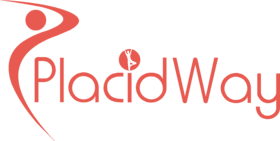

.png)
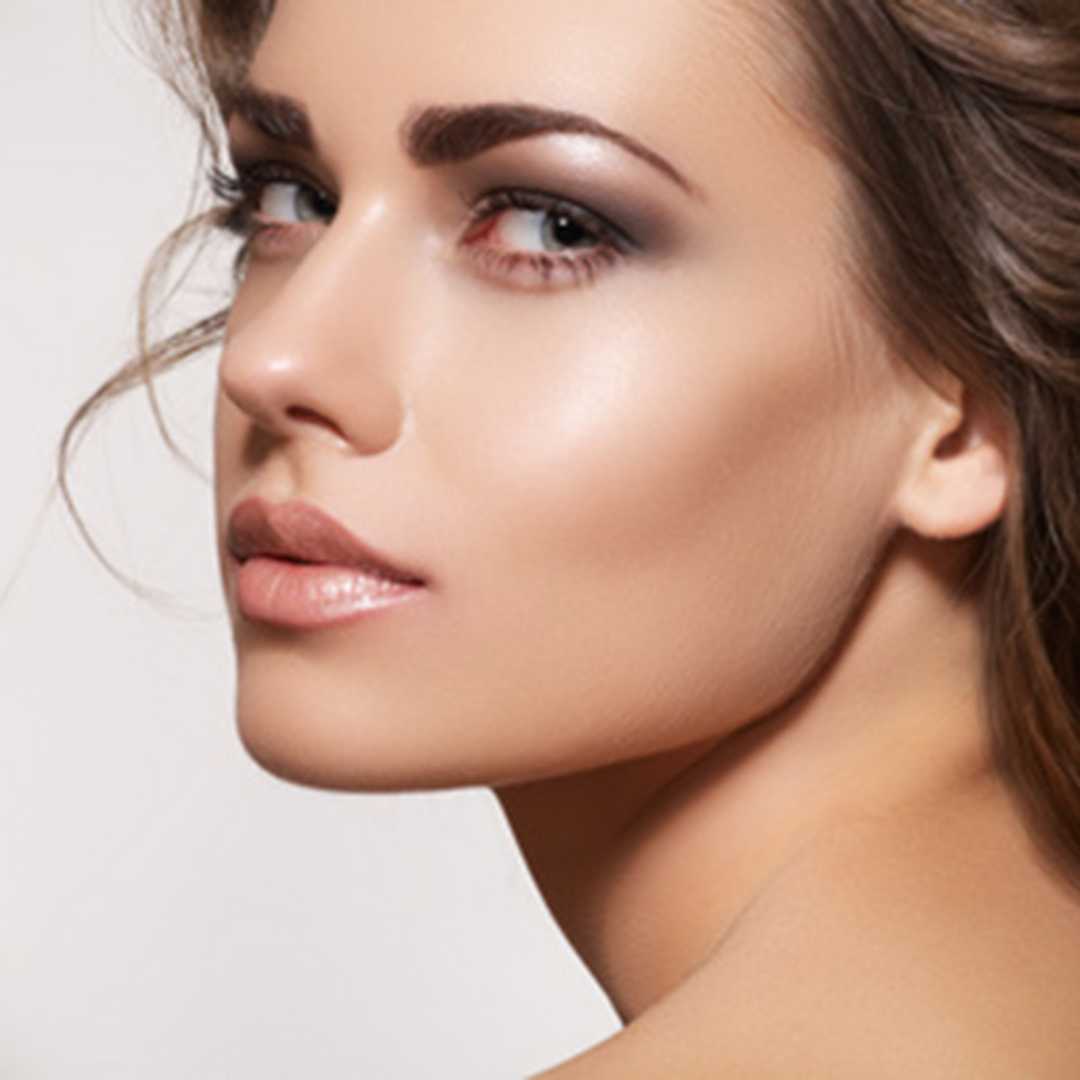

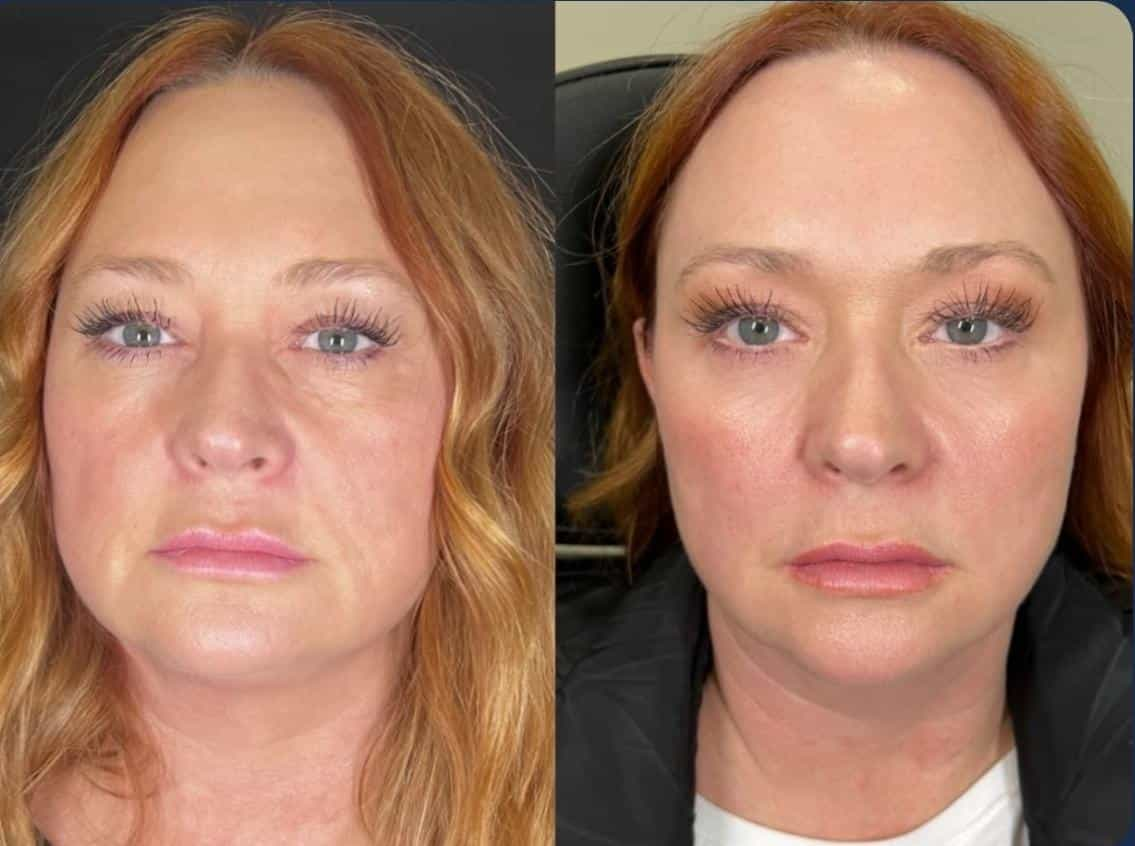

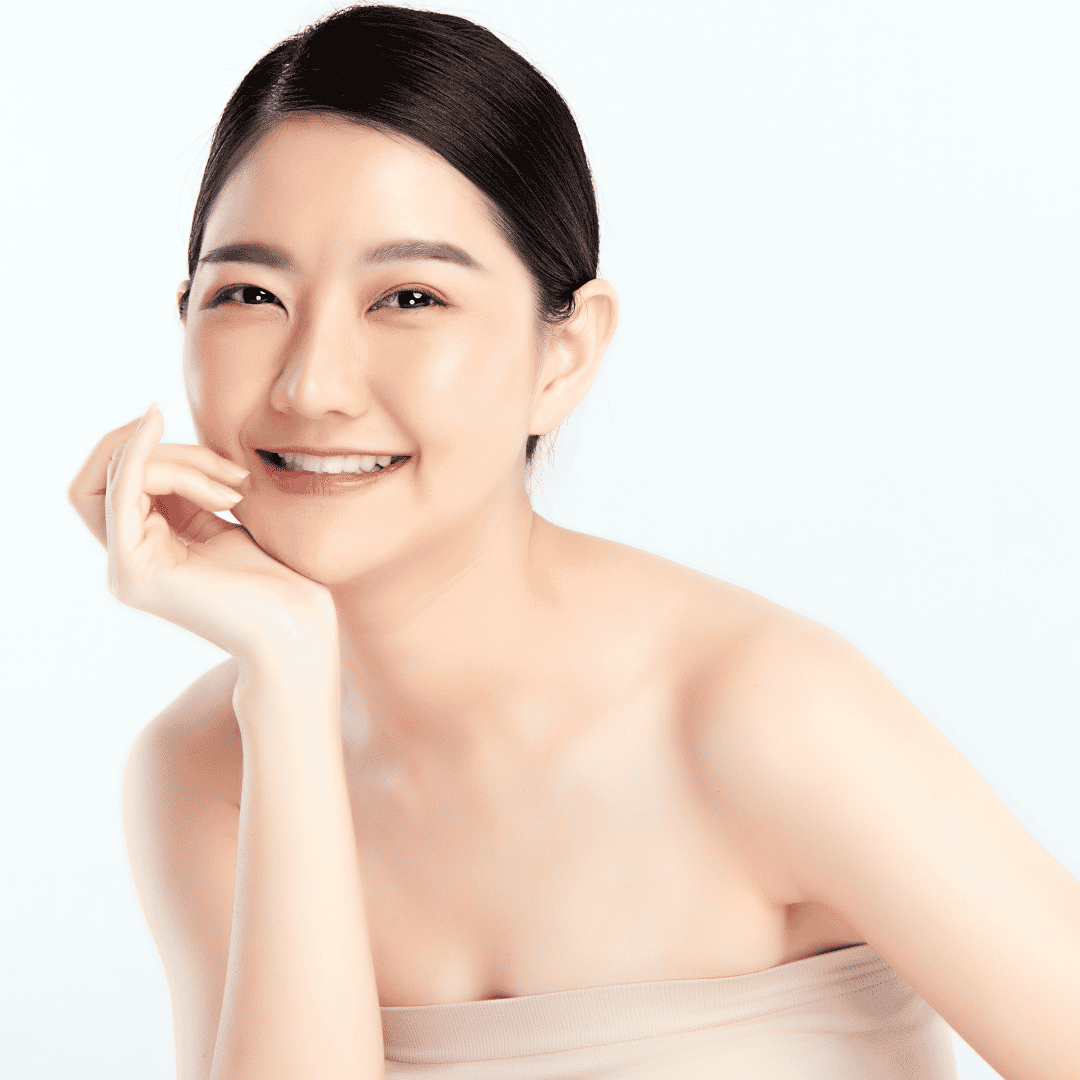


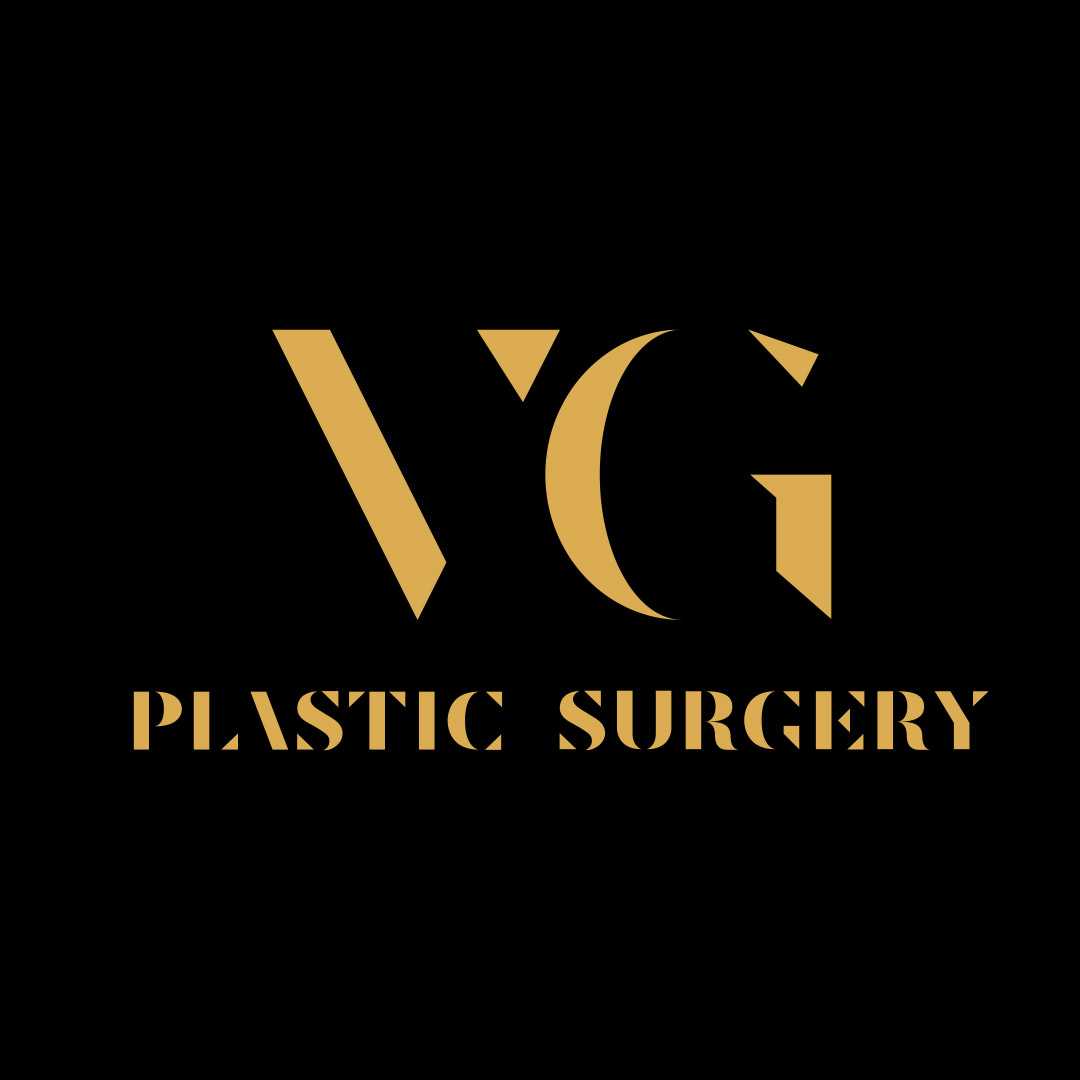

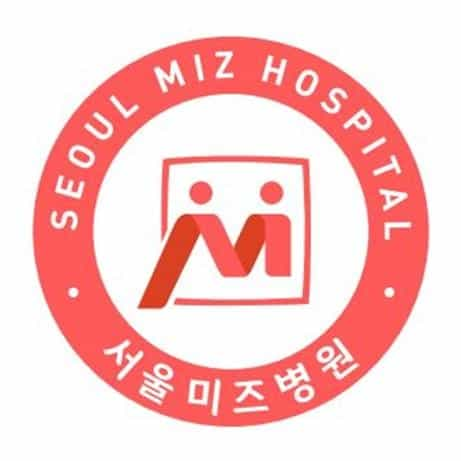
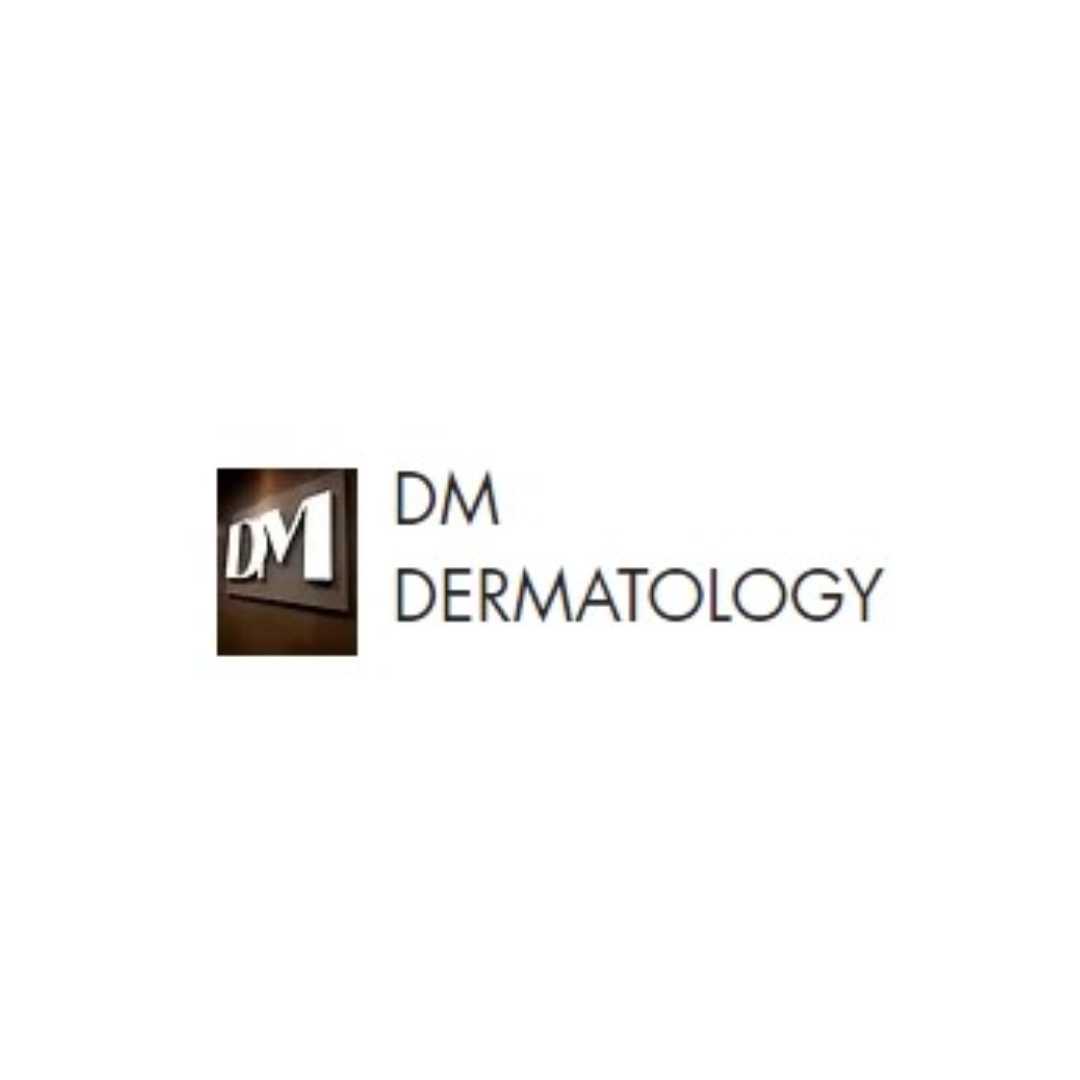


Share this listing